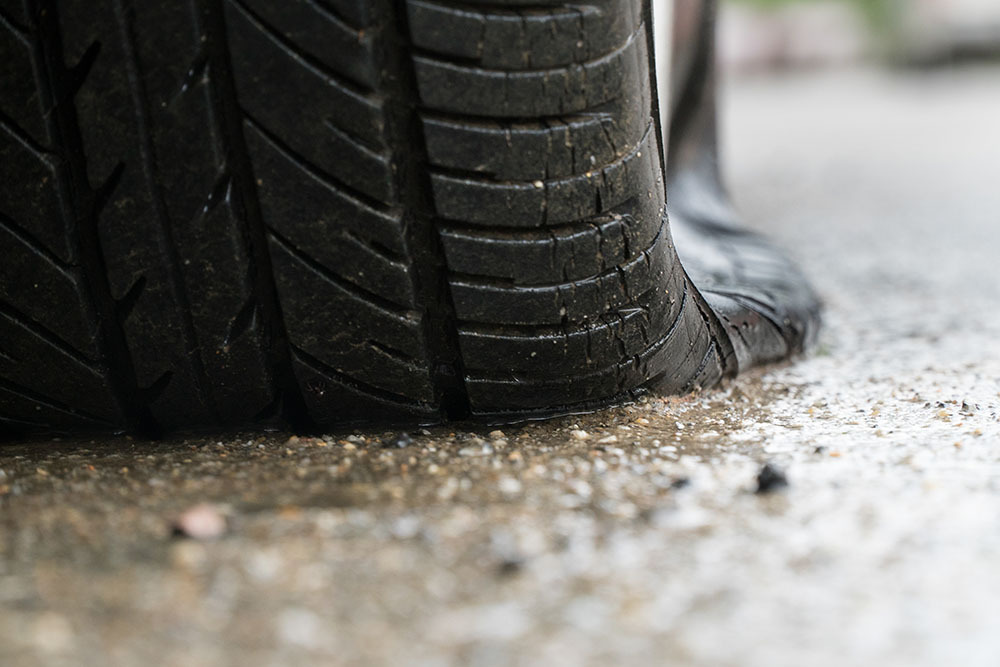TIRE TIPS

THE IMPACT OF TEMPERATURE ON TIRE PERFORMANCE: HOW TO AVOID BLOWOUTS AND OTHER TIRE-RELATED ISSUES
Temperature can have a significant impact on tire performance, and fuel economy, and it is important to understand the potential risks associated with extreme temperatures to avoid blowouts and other tire-related issues. It is advisable to check your Tire Pressure Monitoring System (TPMS) regularly to ensure you are maintaining the recommended tire pressure.
Impact of High and Low Temperatures on Tires
A general rule of thumb is when tires are exposed to excessive heat, the air temperature inside the tire expands, which can lead to overinflation, irregular wear, and increased pressure on the tire sidewalls. This can cause the tire to blow out, especially if the tire is already worn, or damaged, or in case you hit potholes.
On the other hand, when the tire temperature drops, the rubber can become stiff and less pliable, which can lead to reduced traction and increased tire wear and tear on the tire. This can also increase the risk of blowouts and road hazards.
Avoiding Tire Blowouts and Other Tire-Related Issues
To avoid tire failure, it is important to maintain proper tire pressure and to check air pressure regularly using a tire pressure gauge, especially during extreme temperature changes. It is also important to ensure that your vehicle’s tires are properly inflated before driving long distances or carrying heavy loads.
Additionally, it is important to use the tire models recommended by your vehicle manufacturer and choose tires that are designed for the specific temperature and weather conditions in which they will be used. For example, winter tires are designed to provide better traction in cold and snowy conditions, while summer tires are designed to provide better traction in hot and dry conditions.
Winter Tires
Winter tires are designed to perform better in cold weather than all-season or summer tires. The rubber compound used in winter tires is formulated to remain flexible in cold temperatures, allowing the tire to maintain traction on snow and ice-covered roads. The tread pattern of winter tires also helps to provide better grip on slippery surfaces, with deeper grooves and more biting edges to help the tire grip the road. Additionally, winter tires are designed to provide better braking performance in cold weather, reducing the risk of accidents and collisions.
Summer Tires
Summer tires are designed to perform better in hot weather than winter or all-season tires. The rubber compound used in summer tires is formulated to remain firm and provide a better grip on hot and dry roads. The tread pattern of summer tires also helps to provide better handling and stability in warm weather, with shallower grooves and more continuous ribs to help the tire maintain contact with the road. The tire tread pattern also helps to reduce heat buildup in the tire, which can improve the tire’s lifespan.
At the TreadNation, you can find SUVs and car tires from various tire manufacturers such as Yokohama and enjoy free tire rotation. Contact us today.

